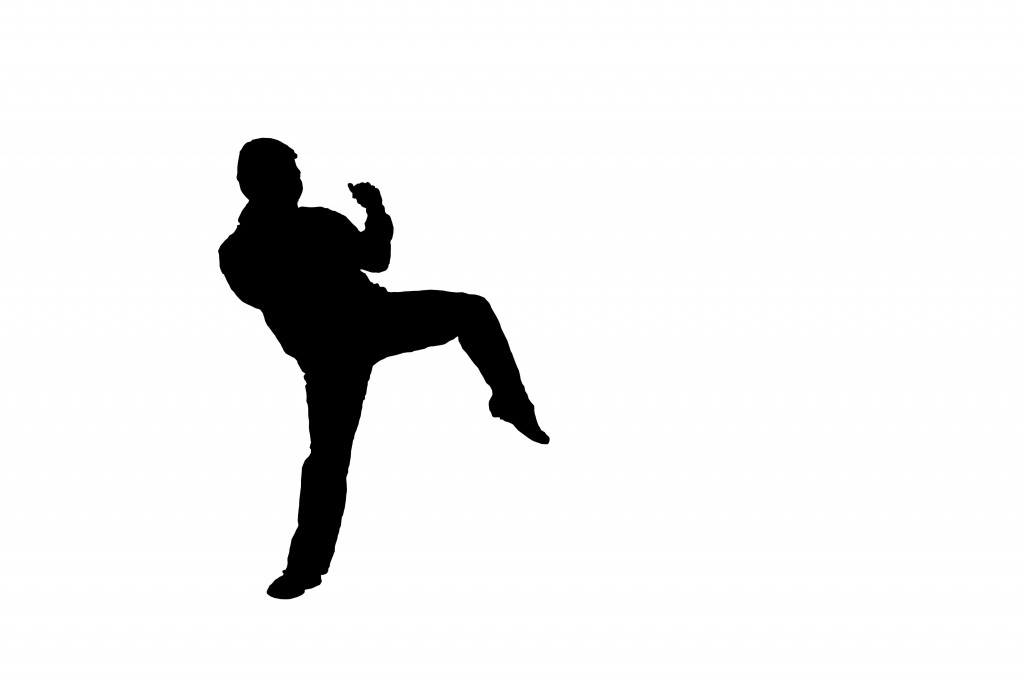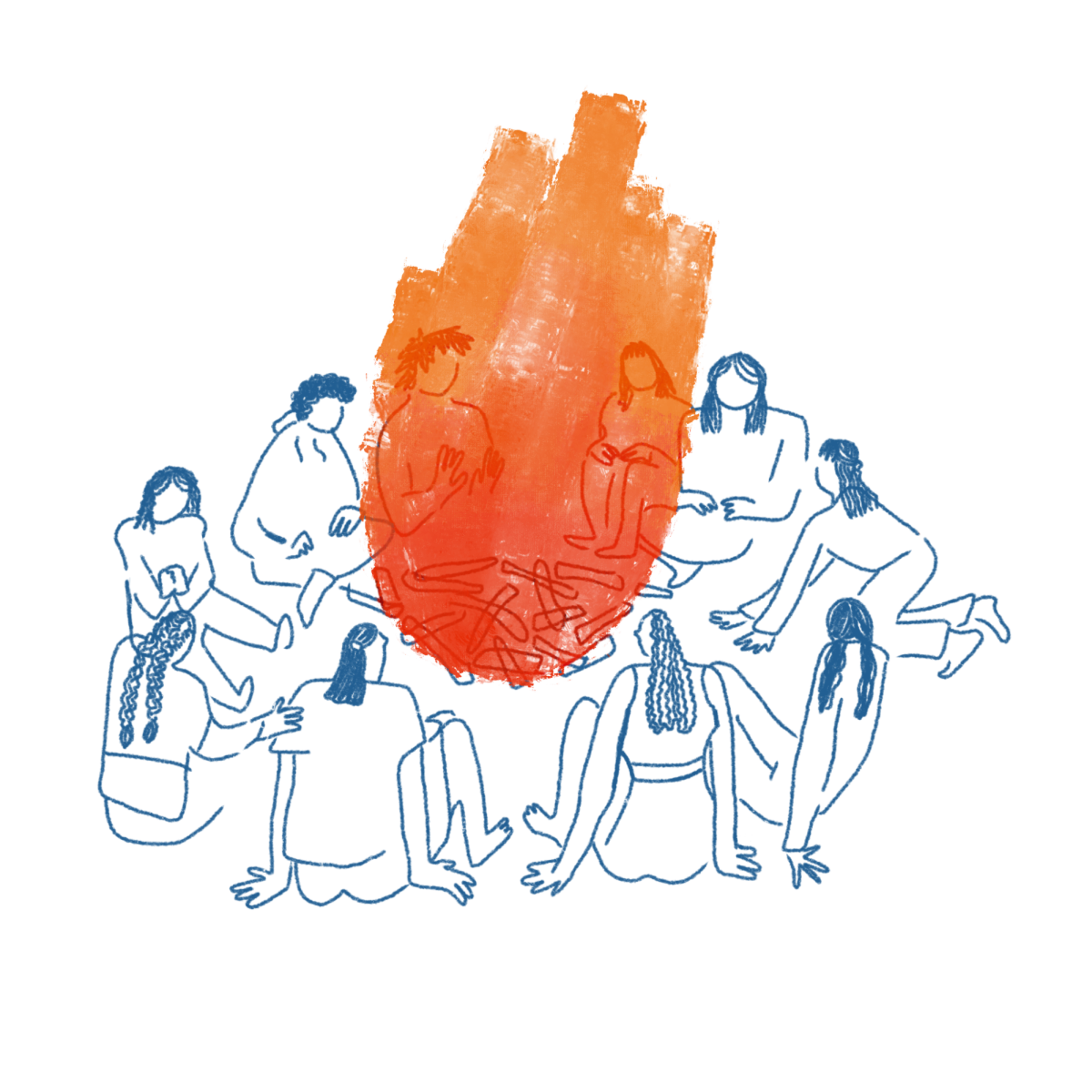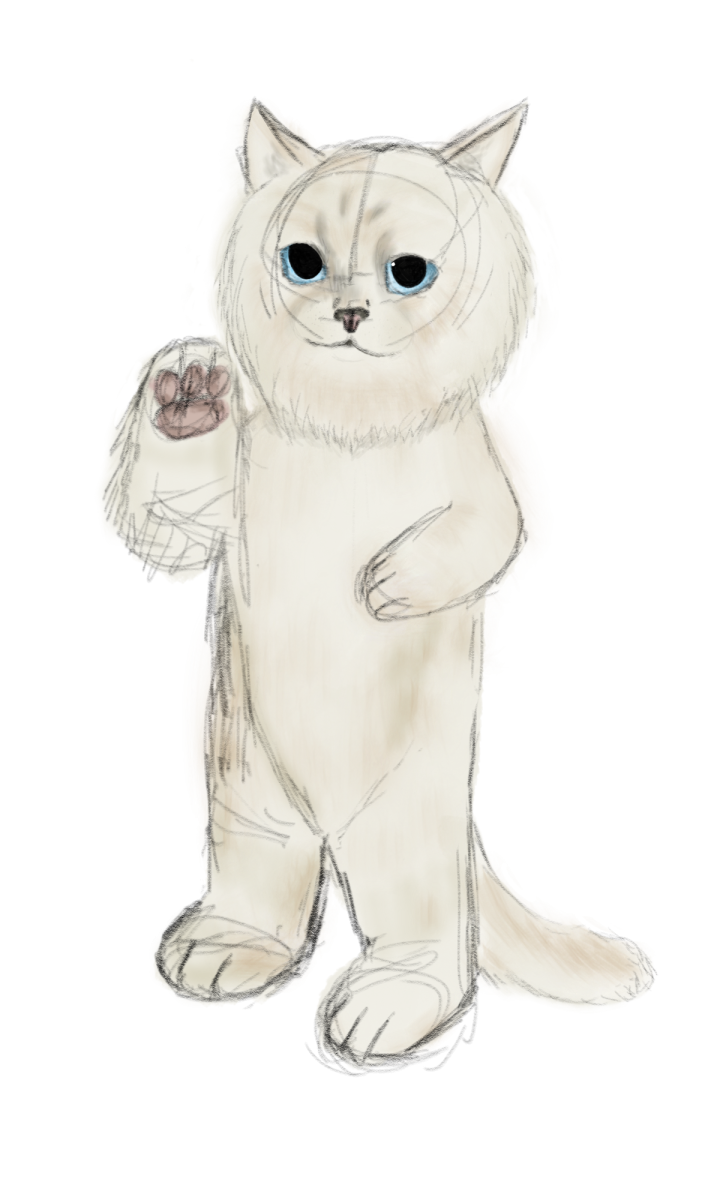
Among the countless who enjoy participating in recreational sports, many students partake in the practice of martial arts, a less common pastime. Dating back to ancient times, martial arts is a fighting style that has been practiced throughout different cultures around the world.
Numerous cultures and people have taken their own spin on the unique fighting style of martial arts. Martial arts harbor a wide variety of different kinds of fighting, ranging from Taekwondo, Wing Chun and American Boxing. Each style has a distinct look, although each fighter will eventually develop their own style and way of following out the moves and techniques.
Steven Daily, a junior, has been practicing martial arts for 14 years and has his First Degree Black Belt. Daily practices at Coast Karate, where he learns the fundamental strengths and weaknesses of martial arts.
“I practice Wednesday through Friday for about five hours,” Daily said. “Sometimes Monday and Tuesday also.”
Martial artists have many different reasons for doing the sport. Some may do it for self-defense, others as a sport or hobby. Many, however, like Daily, view the arts as a way of life.
“Some people, like myself, view it as a lifestyle,” Daily said. “It is how you live, how you go about your day, and how you interact with people. Your lifestyle is martial arts.”
A large focus of martial arts is the psychological side. Many sports rely on physical ability and power but martial arts, however, requires more mental strength than bodily.
“At this point in my training, I would say that it is 70 percent mental, 30 percent physical,” Daily said. “Of course you have to know what you are doing and have the strength to do it, but you have to know how to do it.”
Other aspects of martial arts include the wearing of traditional clothing during tournaments, depending on the kind of fighting taking place.
“If you are doing traditional fighting, you have to wear these big heavy uniforms that are basically like cardboard,” Daily said. “But for more creative open-hand freestyle, you wear more light and flashy Gi uniforms.”
Gi uniforms, also known as Karate Gi, are the traditional Japanese Karate uniforms. This is one of the many kinds of uniforms worn during martial arts fights. Each kind of fighting has a different uniform the artists wear.
Helena Platt, a junior, who recently earned her black belt, has been doing martial arts for three years at Coast Karate and studies westernized karate exclusively. Although many believe martial arts practice is all about intensity, Platt said it is laid-back most of the time.
“It’s pretty easy going; we mostly work on kicks and punches, martial arts forms, self-defenses and sparring,” Platt said.
Sparring is a form of training that is free-form and performed in such a way to make injury unlikely. The movements are fast and teach the fighters how to fight against a quick and determined attacker.
“It’s kind of difficult if you’re non-confrontational,” Platt said. “And it’s exhausting, but it’s fun and excellent practice.
Although many people choose to do martial arts for specific reasons, Aeron Olegario, a senior, was forced into martial arts. Although hesitant at first, Olegario soon began to appreciate the sport.
“I was pushed into it back in grade school because of bullies, but then I realized that it is more than just that,” Olegario said. “I have grown to like it and I just never stopped and now it is part of my life and I will probably continue to practice it for the rest of my life.”
Along with Daily and Platt, Olegario also has his Black Belt. Olegario recently obtained an apprentice First Degree Black Belt after three and a half years of training.
“It’s an introduction belt to the rest of the black belt family,” Olegario said.
A black belt can be earned within three years, or up to ten, depending on where the student is taught. Black Belts have varying degrees of experience. The black belt is the highest belt in the belt hierarchy, and requires difficult and vigorous testing.
“Basically, Black Belts are the third evolution of karate,” Platt said.
Unlike typical sports, martial arts focus on both fighting and mental aspects. The combination of skill and technique are what make martial arts so unique compared to other sports. Martial arts are a timeless sport that anyone of any age may enjoy.
“It has a lifetime value, too,” Platt said “You never really outgrow karate and it’s something you can keep doing throughout adulthood.”





















